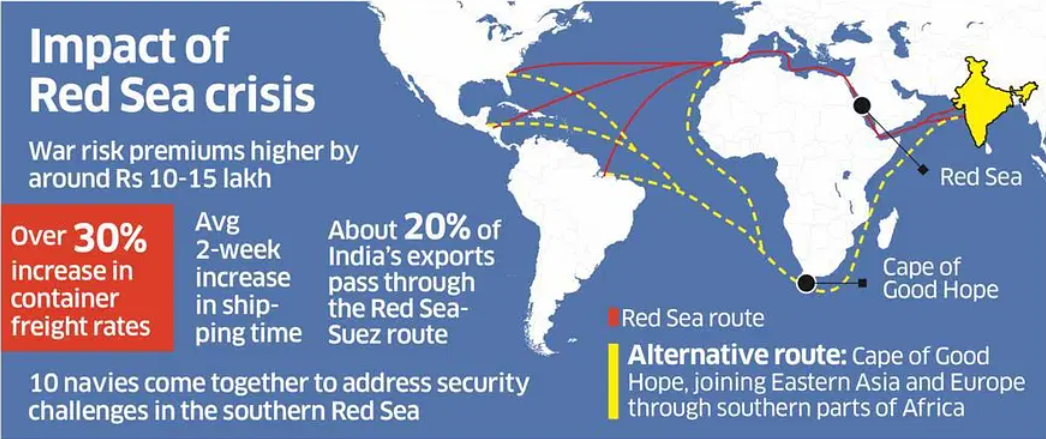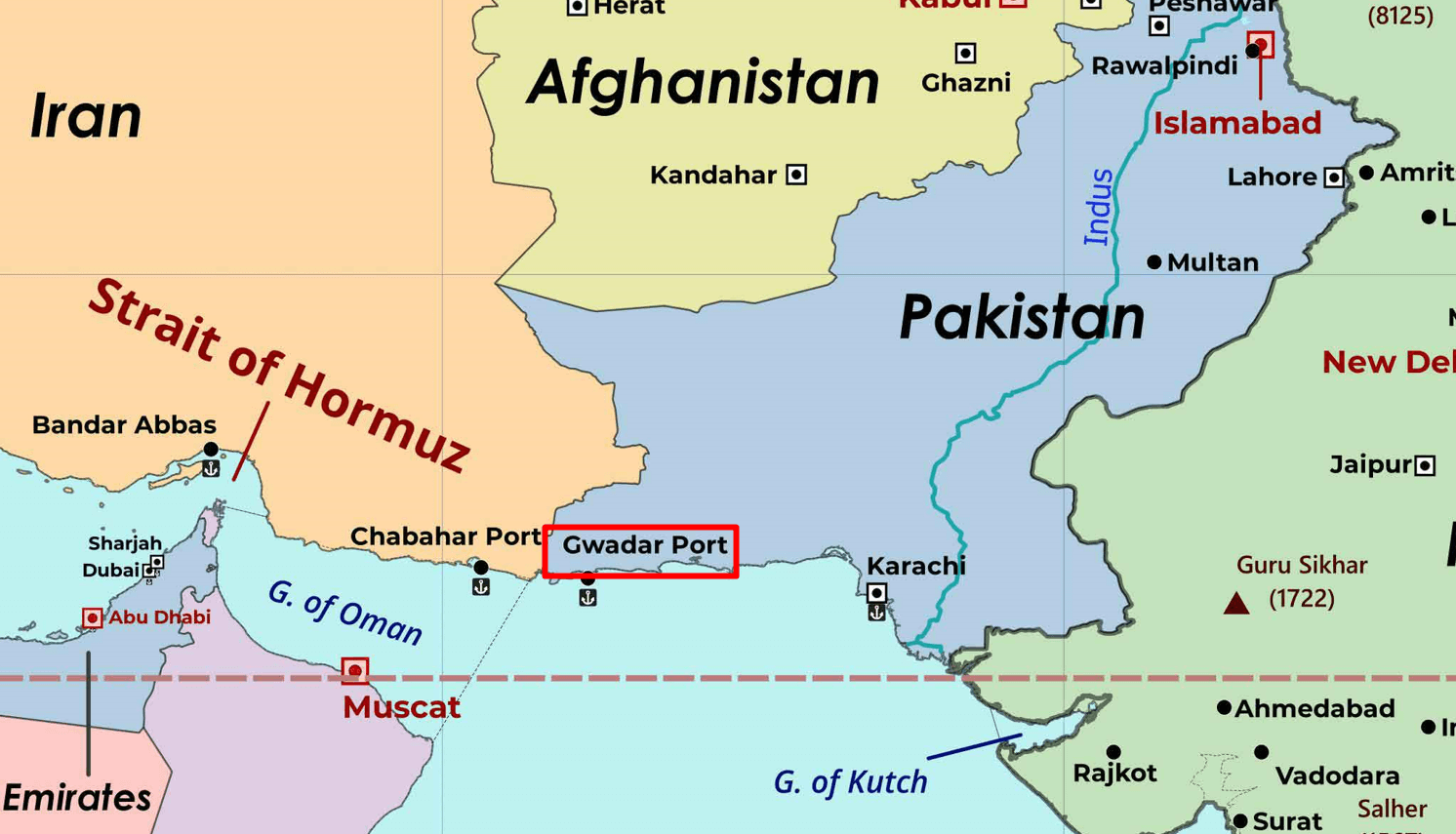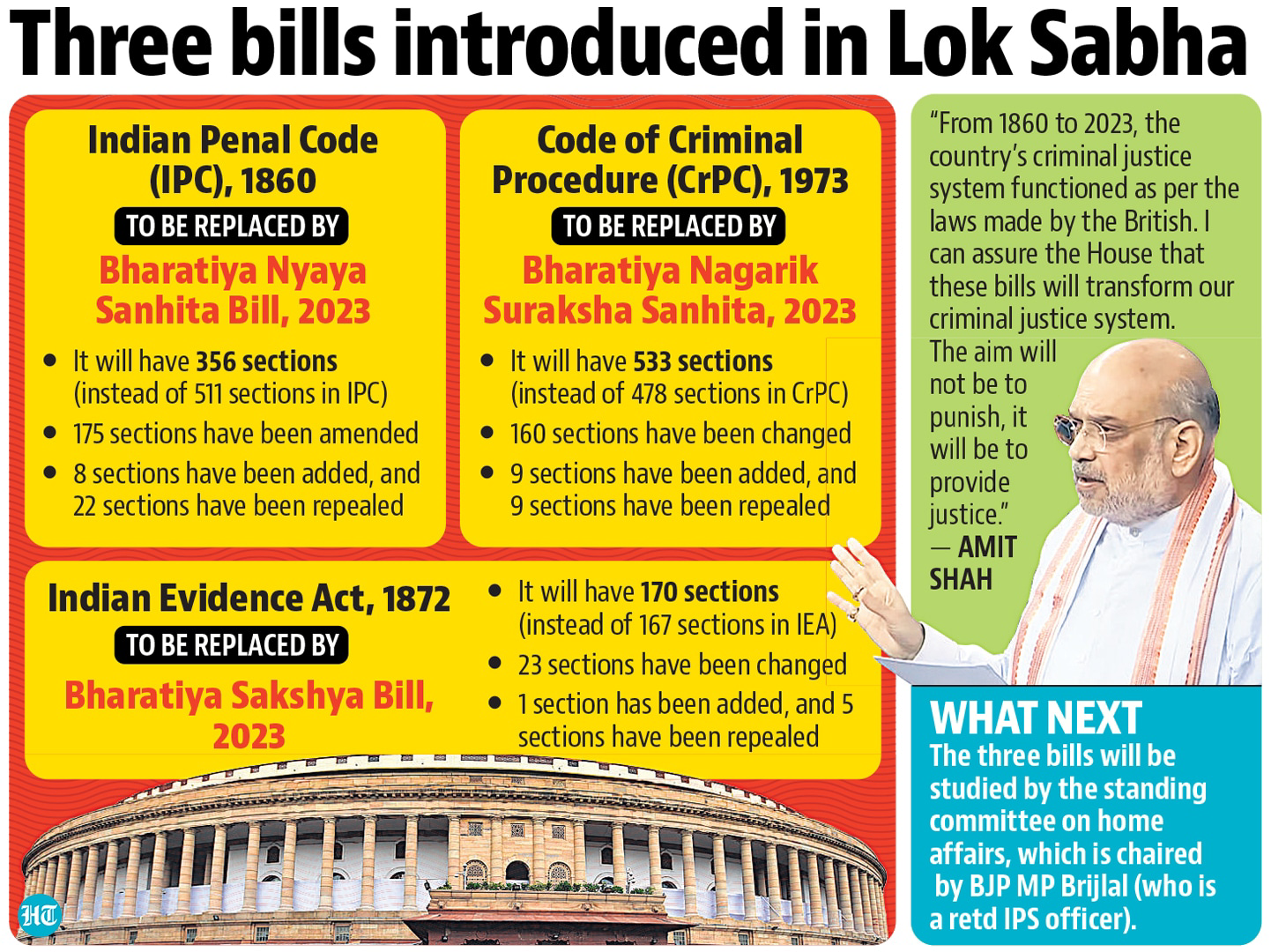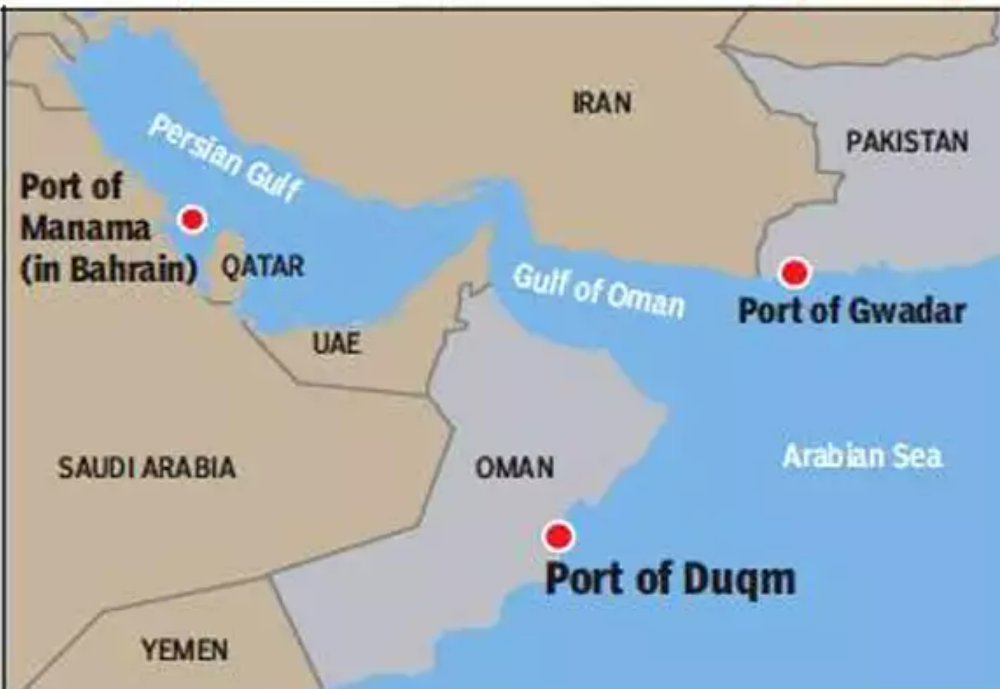
Red Sea Crisis | India-Middle East-Europe Economic Corridor
Subscribers of "Current Affairs" course can Download Daily Current Affairs in PDF/DOC
Subscribe to Never Miss an Important Update! Assured Discounts on New Products!
Must Join PMF IAS Telegram Channel & PMF IAS History Telegram Channel
- Context (TH): As the Red Sea crisis enters its fourth month, global supply chains are increasingly grappling with inflated freights, delayed vessel schedules, and product shortages.
- It has brought to the fore the vulnerabilities of global supply chains, highlighting the need to revisit alternate routes for global trade.
Importance of Red Sea Route

- The Red Sea can be accessed via two “choke points”: Suez Canal from the north and Bab-el-Mandeb Strait in the south. Both are narrow passages of water that large container ships must pass through.
- About 12% of global trade and 30% of global container traffic traverses the Suez Canal – and by extension the Red Sea – transporting more than $US1 trillion worth of goods each year.
- In 2023, about 10% of the world’s seaborne oil trade and 8% of global LNG trade passed through the canal.
- It is also an important route for oil and natural gas sent to North America from the Persian Gulf.
- It is also strategically important to Russia, which uses the canal to export oil to India and China.
- The canal is also financially important to Egypt. Revenues from tolls that ships have to pay to transit through the canal rose to a record $US7 billion in 2021-22.
Impact of Red Sea Crisis on International freight movement
- The Suez Canal, responsible for handling 12-15% of global trade in 2023, saw an 82% drop in container tonnage in the first half of February this year.
- Major container and oil carriers have been forced to re-route shipments via the Cape of Good Hope with tonnage around the Cape of Good Hope experiencing an increase by 60%.
- The disruption coincides with Panama Canal facing reduced transits due to drought, highlighting vulnerabilities in global trade routes.
- The re-routing has led to rising ocean freight, inflated insurance costs, and longer voyage times leading to delays and shortage of products.
- It has also driven up transportation costs. The higher shipping costs will be passed onto consumers in the form of increased commodity prices.
- Instability in the Red Sea causes increased fuel costs, an additional $1 million in fuel for every round trip between the Far East and North Europe, and war risk surcharge.
- Oil prices rose more than a dollar a barrel after the Houthi attacks.

Impact on India
- The Red Sea route is shorter and faster, making it the preferred option for most shipping companies.
- India’s trade with European and North African countries flows entirely through the Red Sea route which is almost 24% of its exports and 14% of its imports.
- In 2022-23, India’s bilateral trade with Europe and North Africa stood at $189 billion and $15 billion respectively. The rising fears among traders have already seen a drop in Indian shipments.
- As per the Federation of Indian Export Organisations (FIEO), rising threats have prompted Indian exporters to hold back around 25% of their cargo ships transitioning through the Red Sea.
Can IMEC address the Red Sea Crisis?
What is IMEC?
- India-Middle East-Europe Economic Corridor (IMEC) is a proposed economic corridor to enhance connectivity and economic integration among Asia, the Middle East, and Europe.
- It will span from India to Europe through India, UAE, Saudi Arabia, Jordan, Israel, and Greece.
- It will include railway lines, shipping lanes, and road networks.
- Indian ports that will be connected to IMEC: Mundra (Gujarat), Kandla or Deendayal Port (Gujarat), and Jawaharlal Nehru Port Trust (Navi Mumbai).
- It is a counter to China’s Belt and Road Initiative (BRI), which aims to connect China to Europe and Africa.
- The corridor is estimated to cut the journey time from India to Europe by 40% and slash transit costs by 30%.

Significance of IMEC
- India: It will secure access to European trade routes, allowing India to be better equipped to formulate stronger strategies at both national policy and individual business levels.
- Additionally, it would diversify India’s accessible trade routes, further safeguarding it against concentration risk.
- Enhanced security and diversification will attract more interest from investors and further develop its economy.
- Europe: The proposed corridor will provide access to the Indian market and further facilitate its growth.
- GCC and other nations along the corridor will experience a boost in transport-related revenues, including income from port fees and railway transportation services.
What has been ailing the IMEC?
- Apart from the MoUs, there have not been any investments or operations regarding the corridor.
- Israel-Palestine conflict halting the normalisation of Arab-Israel relations further hampering the multi-nation initiative.
- Vulnerability of the Strait of Hormuz. The entire trade of the IMEC architecture flows through the Strait and with Iran’s proximity and control over the strait, the risk of disruptions remains high.
- IMEC also excludes some countries that, geographically, seem like prime candidates for inclusion, such as Iraq, Oman and Turkiye.
How can the IMEC be made viable?
- Encouraging the involvement of locally based infrastructure developers, transportation and logistics operators should be explored to preserve long-term value for the participating countries.
- Strong political alignment and commitment is critical to successful delivery.
- Developing a clear quantitative business case for the development of the corridor.
- Establishing a clear and agreeable commercial structure.





![PMF IAS Environment for UPSC 2022-23 [paperback] PMF IAS [Nov 30, 2021]…](https://pmfias.b-cdn.net/wp-content/uploads/2024/04/pmfiasenvironmentforupsc2022-23paperbackpmfiasnov302021.jpg)











